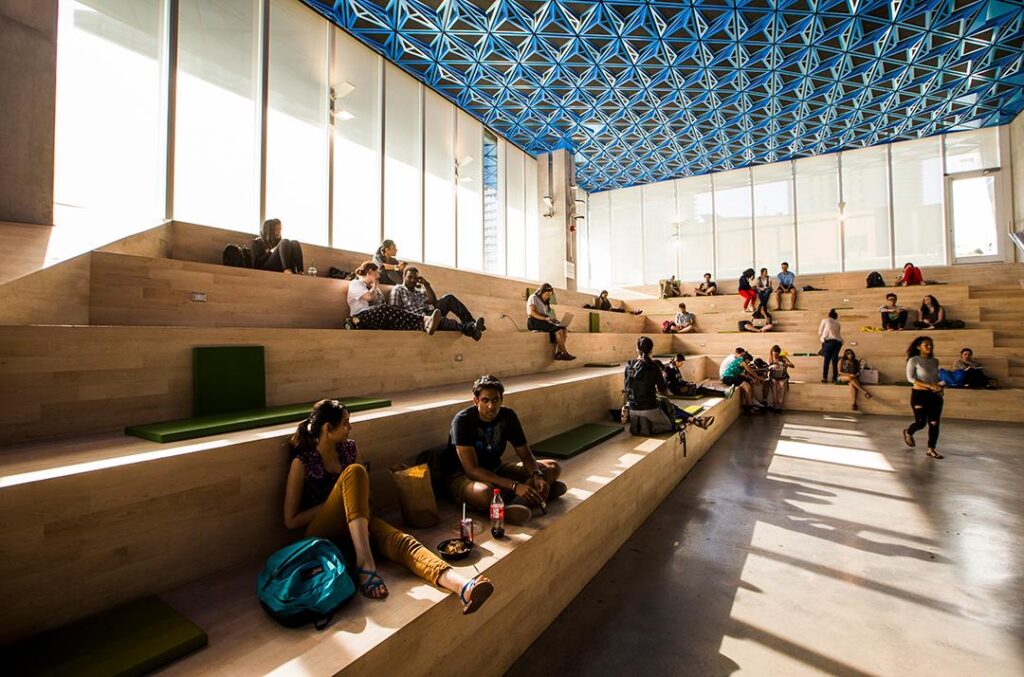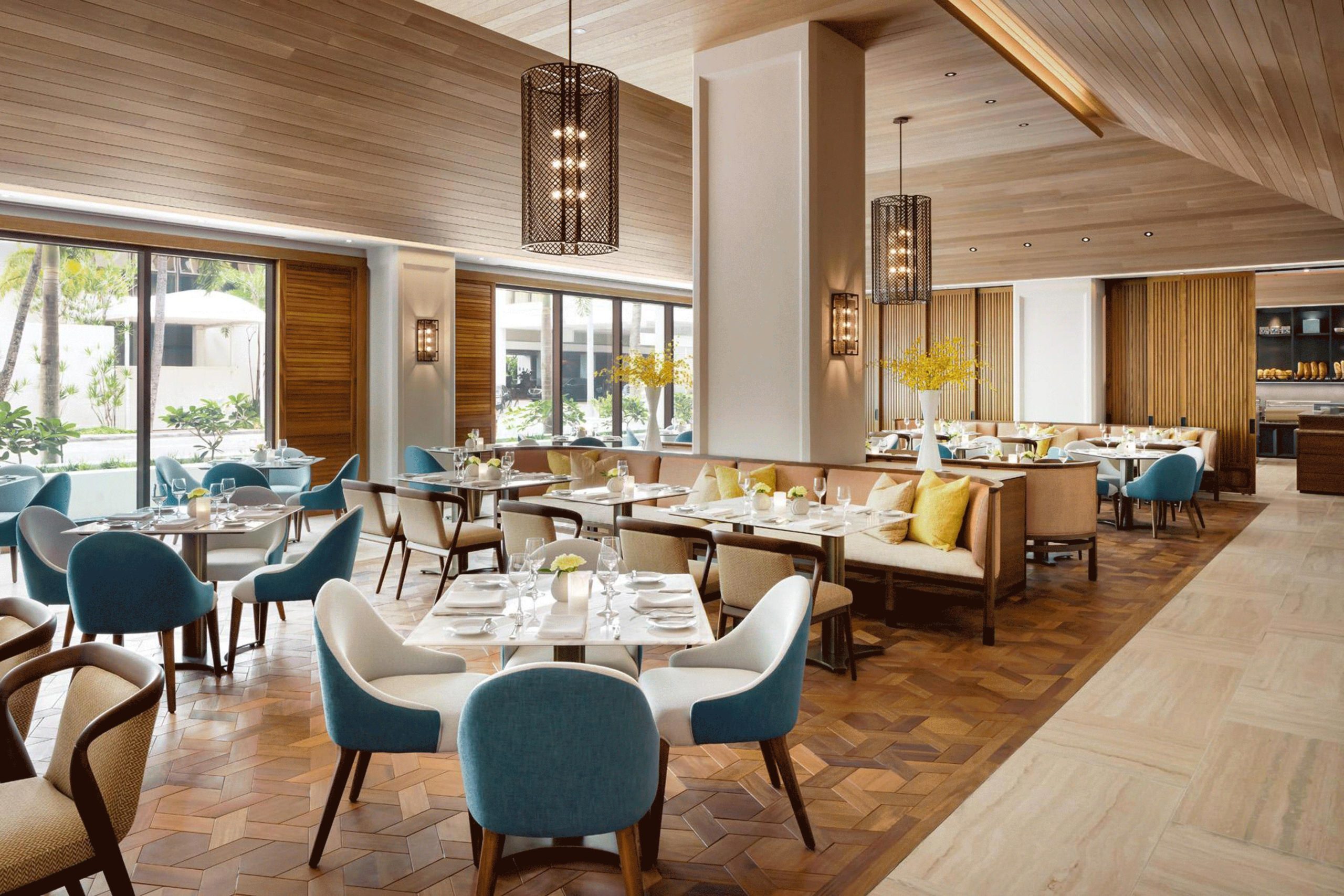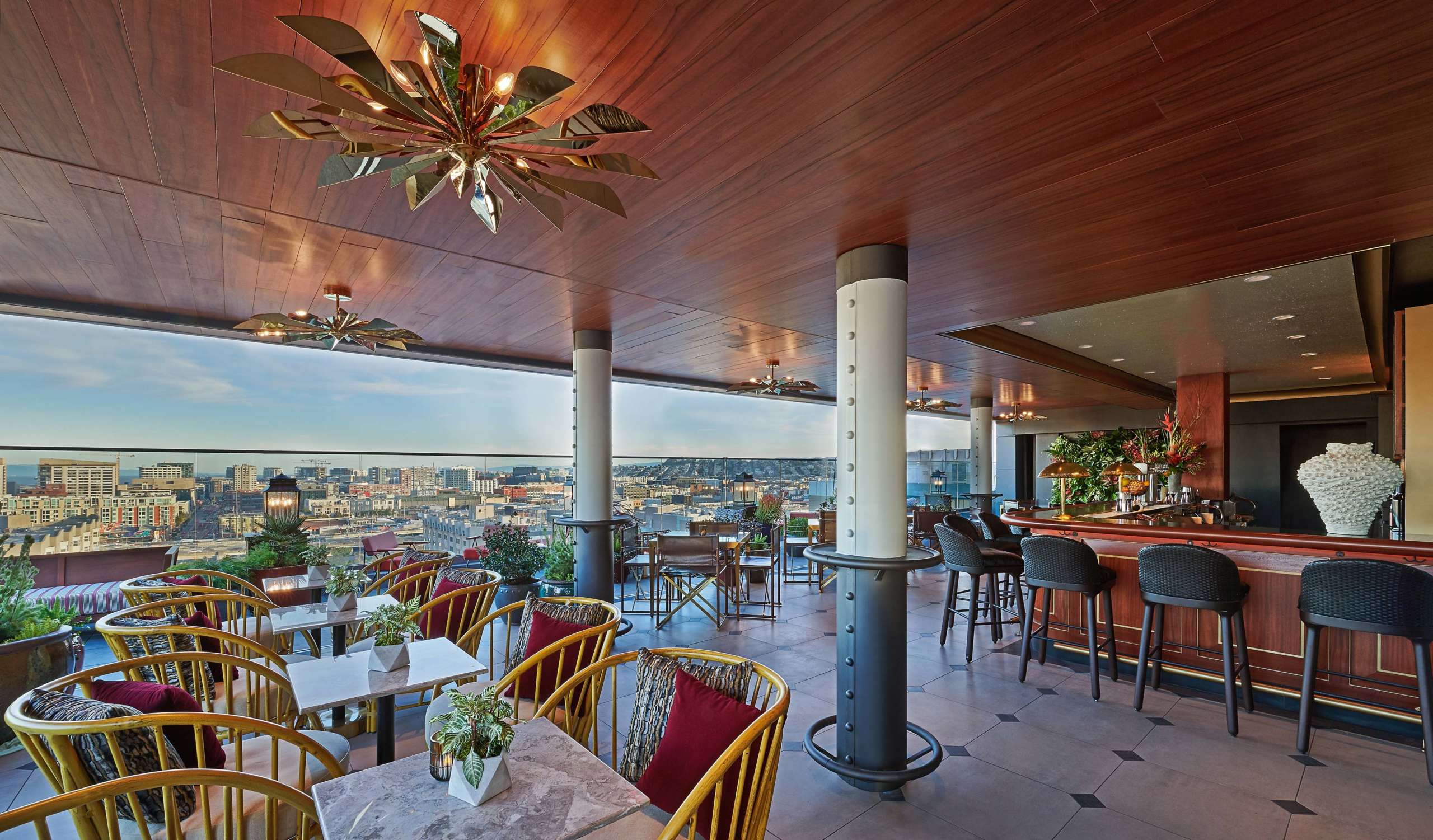As a whole, the restaurant and food service industry is a notoriously tough one. From well-known franchises to an independent establishment, the struggle is real and the numbers are bleak.
Half of restaurants fail within four years and only make two per cent in profit. The average restaurant margin is around six per cent and owners are constantly trying to balance the demands of food preparation with running a viable business.
The challenge is to create memorable client experiences that drive recurring visits because acquiring new customers is more expensive than retaining existing ones. But for restaurants, the overall customer experience is that much more critical and more subjective – and in some cases, subconscious.
The obvious elements are food quality, service and cost. But there are many intangible items that can add or detract from the customer experience and ambiance. These intangibles can make or break a repeat customer. Part of the problem is that restauranteurs often don’t get feedback on these intangibles because customers may not even be able to describe exactly what it may be or what they didn’t like; they just had a “feeling” or a negative experience.
Tune in to the Issue
Issues can be lighting – perhaps too bright, or too dim. Or the acoustics – is the restaurant too loud or too quiet? Sound and architectural acoustics can play an important role in customer comfort. A restaurant that is too quiet can lead to a feeling of lack of privacy because others can hear conversations. Far more common is the complaint restaurants are too loud.
Noise tends to feed on other noises. So crowd noise, loud music or bad design can overwhelm a space and cause patrons to yell to have a conversation thereby increasing noise levels. Spending a meal in a noisy restaurant will most likely deter diners from returning but the owner might never know why.
My expertise is not running a restaurant but as someone who enjoys restaurants and going out, I can offer advice on how to create acoustics that work. Here are some thoughts to consider:
1 Diagnose the problem
There are a few tell tale signs that indicate the noise levels may be too high. If customers are ordering and the servers have to either bend down or ask customers to repeat the orders, it is a clear sign people are having trouble communicating.
Secondly, watch the body language of your customers. If they are routinely leaning in to each other, do not assume it is always a public display of affection but rather the patrons might be having issues hearing each other. If they appear to be straining or increasing their volume to be heard, it’s just too loud.
2 Music is not a solution
Restauranteurs may self-diagnose the noise issue but introducing music to the restaurant will not cure it. The thinking is adding music to the mix means customers won’t notice how loud it is. Wrong. Noise + noise = more noise.
By introducing more noise, you are making it harder for customers to communicate, they raise their voices and the noise levels just increase. And customers still leave thinking your place is too loud.
3 Aesthetics are important but find ways to introduce softness into the space
Many restaurants today have adopted a sleek and modern look at the expense of basic principles of architectural acoustics. But you can have both – great modern style and excellent acoustics. Restaurants need to include some level of “soft” finishes into the design to achieve it.
Consider Architectural Acoustics when Designing your Restaurant
Too many restaurants have moved to concrete floors, exposed ceilings, glass facades and hard walls which results in very reflective environments that cause noise to build up. A little softness can make a big difference.
The most effective location for soft finishes is actually the ceiling. Today, there are a lot of options for acoustic treatment beyond fabric panels or acoustic ceiling tiles. Materials today include everything from stretch fabric to wood slats or panels, perforated gypsum or acoustic sprays and designers can customize elements as well.
You can use traditional acoustic panels but there are some innovative ways to keep your design aesthetic while balancing acoustics:

Traditional Acoustic Panel Ceiling: A traditional acoustic panel ceiling is a fabric wrapped rectangular piece of fibre glass. They manage the issue but, well, aren’t very aesthetically exciting which can interfere with the design of many restaurants. It’s critical to remember, however, that while aesthetics are important, if the restaurant is too noisy, it doesn’t matter how good it looks.

SLAT Ceiling: A SLAT ceiling refers to an acoustically absorptive ceiling that has the aesthetic of wood slats and works to control reverberations.

At the Ryerson Student Learning Centre (RSLC), our team included a unique design to the ceiling to help with noise issues. It balances the need for a cool look serving acoustical soundproofing needs.

In recent years, designers have been working hard to manage acoustical issues without having to sacrifice design. A product called BASWA Phon is a good acoustical soundproofing solution to make restaurant conversations more intelligible without losing the background sound that makes the space feel vibrant. It’s a curved drywall product with a smooth finish that is acoustically perforated like a sponge to absorb noise and reduce reverberation time.

Don’t lose customers because their dinner experience was deafening. Assess the space and determine if the place is too loud for your customers. Acoustical treatments should not be underestimated. Educate yourself and ensure your designers include something to account for this parameter.
Remember, acoustic treatment doesn’t mean you have to sacrifice on aesthetics or experience. If anything, designing and incorporating acoustics into the design will improve the experience for your customers and staff.
If you have any questions or need expert advice on how to acoustically design your space to maximize the customer experience, please contact us at blog@aercoustics.com.
“Don’t Let Noise Eat Into Your Restaurant Business” was originally written by Steve Titus for Aercoustics, and is reposted here with his permission. Use of this post doesn’t imply endorsement of SoundPly products.
Looking to control the noise in your restaurant? Check out these “5 Discreet Ways to Improve your Restaurant Acoustics.”





